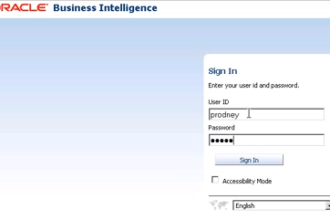My colleague John Callan recently posted a blog article titled, “Why Discovery Matters.” In it he talked about why discovery is such an important aspect of the decision-making process. He got me thinking about how great discoveries happen.
My colleague John Callan recently posted a blog article titled, “Why Discovery Matters.” In it he talked about why discovery is such an important aspect of the decision-making process. He got me thinking about how great discoveries happen.
One interesting perspective on this comes from Adam Savage, co-host of the TV show Mythbusters. In this March 2012 TED video titled, “How Simple Ideas Lead to Scientific Discoveries,” Savage talked about a few examples of profound scientific discoveries that came from simple, creative methods anyone could have followed. His basic point: you don’t have to be a brain surgeon or rocket scientist. All you need are simple tools and a bit of curiosity.
Examples Savage used in his talk include Eratosthenes‘ calculation of the Earth’s circumference around 200 BC and Hippolyte Fizeau‘s measurement of the speed of light in 1849. Savage’s conclusion: “We are all explorers. The people that made these discoveries just thought a little bit harder about what they were looking at. And they were a little bit more curious. And their curiosity changed the way people thought about the world, and thus it changed the world.”
This little idea is actually a very big idea — an idea so big that it underpins the entirety of Business Discovery. Business Discovery is user-driven business intelligence that helps ordinary people make decisions based on multiple sources of insight: data, people, and place. With Business Discovery software, people can create and share knowledge and analysis in teams groups and across organizations. They can ask and answer stream of questions and follow their own path to insight — by themselves or in formal or informal groups.
Savage made the point that, “For most of human history, we had to discover [these] things using our eyes and our ears and our minds.” But today we have glorious technology at our fingertips. It’s easier than ever before for people to use simple, creative methods to identify unexpected relationships and associations and to draw connections between and comparisons among things that may have seemed unrelated. Savage said in his talk, “The simplest questions [can] carry you out to the edge of human knowledge.”
It’s about simple questions and simple, creative tools. Eratosthenes poked sticks in the ground to discover the earth’s circumference. Hippolyte Fizeau used a mirror, toothed wheel, and light source to discover the speed of light. And ordinary information workers in any industry you can think of, all around the globe, are using Business Discovery apps to make discoveries that help their organizations innovate, compete, and transform. What will you discover?








